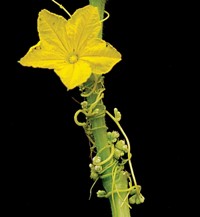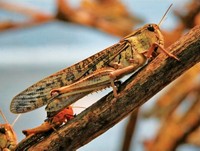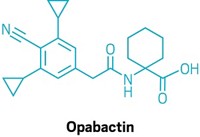Advertisement
Grab your lab coat. Let's get started
Welcome!
Welcome!
Create an account below to get 6 C&EN articles per month, receive newsletters and more - all free.
It seems this is your first time logging in online. Please enter the following information to continue.
As an ACS member you automatically get access to this site. All we need is few more details to create your reading experience.
Not you? Sign in with a different account.
Not you? Sign in with a different account.
ERROR 1
ERROR 1
ERROR 2
ERROR 2
ERROR 2
ERROR 2
ERROR 2
Password and Confirm password must match.
If you have an ACS member number, please enter it here so we can link this account to your membership. (optional)
ERROR 2
ACS values your privacy. By submitting your information, you are gaining access to C&EN and subscribing to our weekly newsletter. We use the information you provide to make your reading experience better, and we will never sell your data to third party members.
Biological Chemistry
Tomato Plants’ Chemical Weapons
Plants under attack unleash volatile alcohol, which neighboring plants can transform into defensive glycoside
by Bethany Halford
May 5, 2014
| A version of this story appeared in
Volume 92, Issue 18
Backyard garden tomato patches may seem like spots of peace and tranquility. But researchers in Japan report that these pastoral plots are actually sites of complex chemical warfare (Proc. Natl. Acad. Sci. USA 2014, DOI: 10.1073/pnas.1320660111). A team led by Kenji Matsui of Yamaguchi University found that when hungry cutworms begin to chomp away on tomato plants, the plants’ leaves release the volatile compound (Z)-3-hexenol. Neighboring plants detect this chemical cry for help and pull (Z)-3-hexenol from the air. The plants convert the alcohol to the glycoside (Z)-3-hexenylvicianoside, a compound that Matsui’s team found negatively affects the cutworms’ maturation and survival rate and therefore protects the neighboring plants. Now that’s one smart tomato. Although this is the first time this type of defensive strategy has been reported in plants, the researchers believe that because (Z)-3-hexenol is common in leaves, it might be a general defense for many kinds of plants. The research could also lead to new methods of pest control.





Join the conversation
Contact the reporter
Submit a Letter to the Editor for publication
Engage with us on Twitter